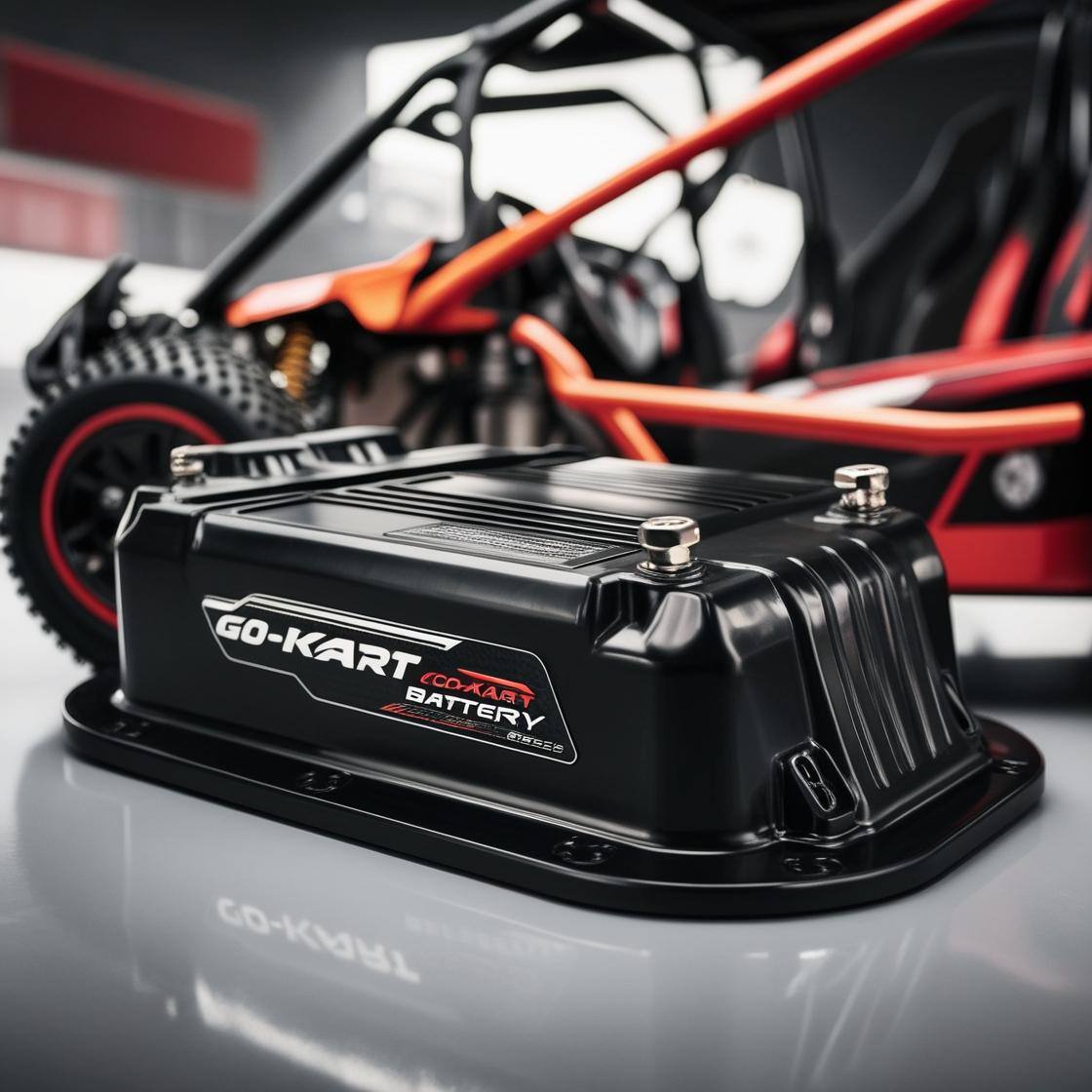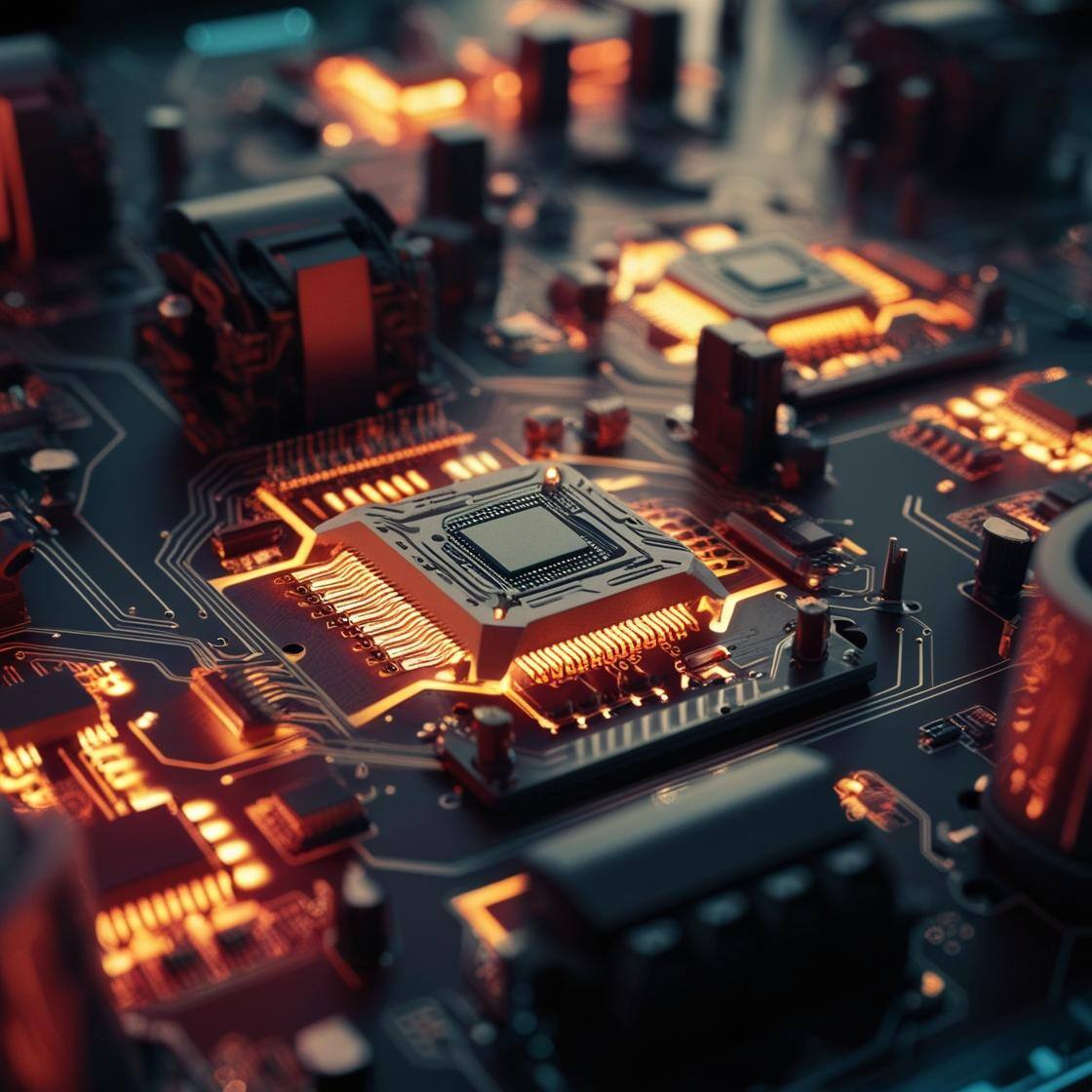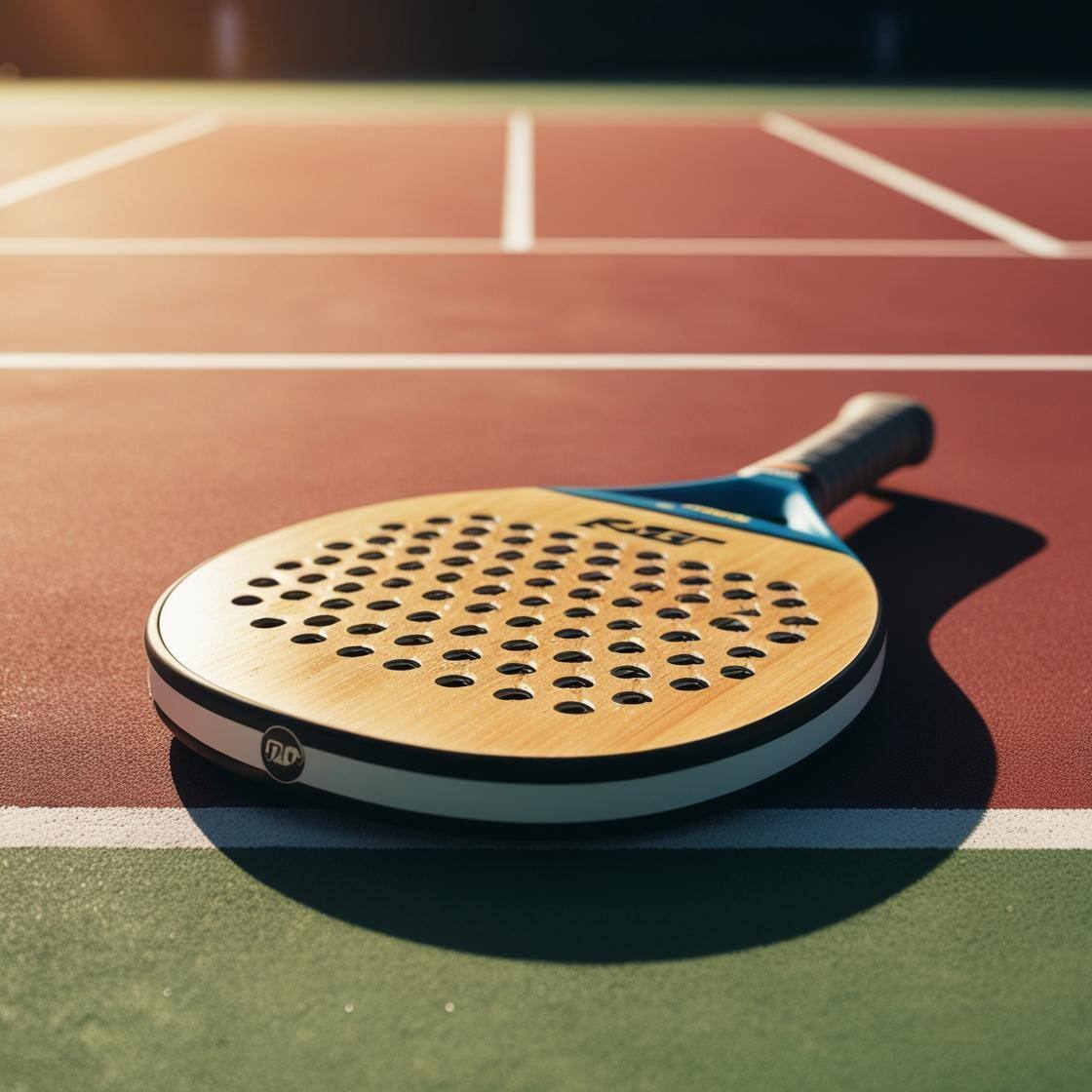6 min read
3D Printing and Nanotechnology
3D printing and nanotechnology are two fields of research and innovation that, at first glance, might appear worlds apart. The former focuses on...

Creating a 3D-printed go-kart battery cover is one of the most immediate and appreciated examples of how additive manufacturing can enhance, optimise, and customise essential components in the world of motorsport. Utilising 3D printing allows for the design and production of a bespoke enclosure capable of both protecting and enhancing a delicate part such as the battery. This approach proves particularly advantageous as it combines maximum creative freedom, reduced overall kart weight, and rapid production—crucial factors in both competitive and amateur settings.
Starting with a design concept and transforming it into a tangible object within days means adapting the cover's dimensions and shapes to the kart's specific characteristics and the type of battery installed. When building or upgrading a kart, positioning the battery in a protected location against impacts, vibrations, and external agents is often a necessity. This requires a compact, robust, and, if possible, lightweight casing to ensure excellent balance and maintain the vehicle's drivability. Furthermore, 3D printing makes it easier to incorporate cable routing, screw mounts, and sensor housing, as well as create complex shapes that would be significantly more challenging with traditional techniques such as plastic injection moulding or machining from a solid block of material.
A fundamental parameter to evaluate when planning to print a component exposed to mechanical and thermal stresses is material selection. In the context of go-karts, impact and vibration resistance are crucial, alongside weight containment, dimensional stability, and the potential need for anti-static properties.
PETG ESD is a 3D printing filament that maintains an excellent balance between strength, ductility, and electrostatic charge dissipation. In a world where electrical components play an increasingly significant role, protecting circuits from static charge build-up can make a crucial difference in terms of safety and component longevity. The ESD (Electrostatic Discharge) designation signifies the material's ability to dissipate static electricity, preventing sudden and potentially damaging discharges. PETG ESD, therefore, provides an enclosure with anti-static properties, particularly valuable when working in close proximity to ECUs, sensitive wiring, and other electronic elements.

Designing a 3D battery cover requires a methodical approach, starting with the modelling phase. First, it is essential to precisely measure the battery's dimensions and the geometry of the available space within the kart, assessing the positioning of supports and fastening systems. Various CAD programmes, such as Fusion 360 or SolidWorks, allow the creation of walls, angles, and reinforcements in strategic points. The use of simulation or load analysis software can help determine how to distribute wall thickness, avoiding unnecessary material build-up and consequently reducing weight. Once the design is complete, the next step is slicing—converting the 3D file into instructions for the printer (movements, material extrusion quantity, speed, and temperatures). A properly configured slicing process ensures the best possible surface quality and the required robustness along the vertical axis, typically the most critical aspect in FDM printing.
One of the key benefits of additive manufacturing is the ability to make design adjustments with ease. If changes are needed, it is simple to update the digital model and reprint the cover. This flexibility is essential in racing environments, where last-minute changes can be decisive for the kart's setup. For instance, if a chassis update requires the battery to be mounted at a different angle, it is merely a matter of adjusting the design and producing a fully customised part. The transition from concept to finished product can be reduced to just a few hours, an unthinkable timeframe with traditional methods, which would necessitate costly mould production and large-scale manufacturing.
A PETG ESD battery cover also offers excellent resistance to chemicals such as oils, lubricants, or petrol, which may come into contact with the kart. This is a crucial aspect, as splashes from these substances could compromise the enclosure's durability if made from unsuitable materials. Additionally, PETG's elasticity, superior to that of other polymers like PLA, enables the cover to better absorb shocks and withstand the vibrations typical of a high-revving engine. Repeated mechanical stresses can cause cracks or fractures in weaker sections; thus, it is always advisable to incorporate reinforcement ribs and smooth transitions in the design, avoiding sharp edges where stress could concentrate.
Another interesting aspect of 3D printing is the ability to personalise the aesthetics of the component. The battery cover, beyond its functional role, can serve as a space for applying team logos or integrating stylistic elements that match the kart's livery. Printing in PETG ESD does not mean compromising on visual appeal; in fact, despite being formulated to resist electrostatic discharges, it can still achieve clean finishes, particularly with the correct print settings.
The rapid evolution of technology in recent years has made professional 3D printing services highly accessible. If a sufficiently capable 3D printer is unavailable or if optimising the process seems daunting, specialist providers offer industrial-grade equipment and expertise. This ensures a professional-quality result with minimal tolerances and superior surface finish—critical factors in final assembly. Additionally, professional services can assist in the design phase, suggesting modifications to reduce production time and cost while enhancing component durability. In a sport where tight schedules and meticulous attention to detail make the difference between a good performance and an outstanding one, entrusting 3D printing to experts is a winning strategy.

From a sustainability perspective, 3D printing offers several advantages. Additive manufacturing deposits material only where needed, minimising waste. Compared to traditional manufacturing, which often removes and discards large amounts of material, this results in a lower environmental impact. Some polymers, including PETG, are recyclable within certain streams if managed correctly post-use. While sustainability might not be a primary concern in motorsport, reducing material waste is increasingly relevant across all manufacturing sectors.
Looking ahead, it is likely that battery covers and supports for go-karts—and more broadly for electric and hybrid vehicles—will continue to evolve through 3D printing. The introduction of new filaments with enhanced heat resistance and dissipation capabilities will improve battery safety and longevity, especially in competitive settings. More complex designs will become feasible, incorporating integrated ventilation channels and simplified sensor connections. Materials like PETG ESD will maintain a key role due to their versatility and their ability to protect against electrostatic discharge—an increasingly essential feature in an era of advanced electronics.
What is already clear today is that a simple battery cover can, through 3D printing, become a fundamental component for enhancing protection and safety in a kart, indirectly impacting performance. A lighter weight, an aerodynamic and well-fitted shape, and effective vibration absorption all contribute to improved vehicle stability. A well-designed cover, enhanced with custom details, can also lend a professional touch to a team, making a strong impression on sponsors and observers. Leveraging PETG ESD significantly reduces the risk of unwanted discharges, preserving the delicate electrical systems that are increasingly integral to modern karts.
By using additive manufacturing techniques, high-quality and highly customisable components can be produced with minimal expense and rapid development times. In a market driven by speed and innovation, where teams and drivers demand ever more tailored solutions, 3D printing remains a disruptive technology, ready to meet the challenges posed by the track. The combination of bespoke design, specialised materials such as PETG ESD, and the flexibility of the construction process opens up exciting prospects, significantly improving the management and protection of a critical component like the battery. In a sport where every detail counts, having a robust, safe, and precisely calibrated battery cover can make a crucial difference in pushing the kart to its maximum potential.

6 min read
3D printing and nanotechnology are two fields of research and innovation that, at first glance, might appear worlds apart. The former focuses on...

6 min read
Padel has seen exponential growth in Italy and worldwide in recent years. A glance at sports clubs in major cities and smaller towns alike reveals an...

6 min read
The game of chess boasts a history spanning millennia, seamlessly merging art, strategy, and culture into a singular experience that has captivated...